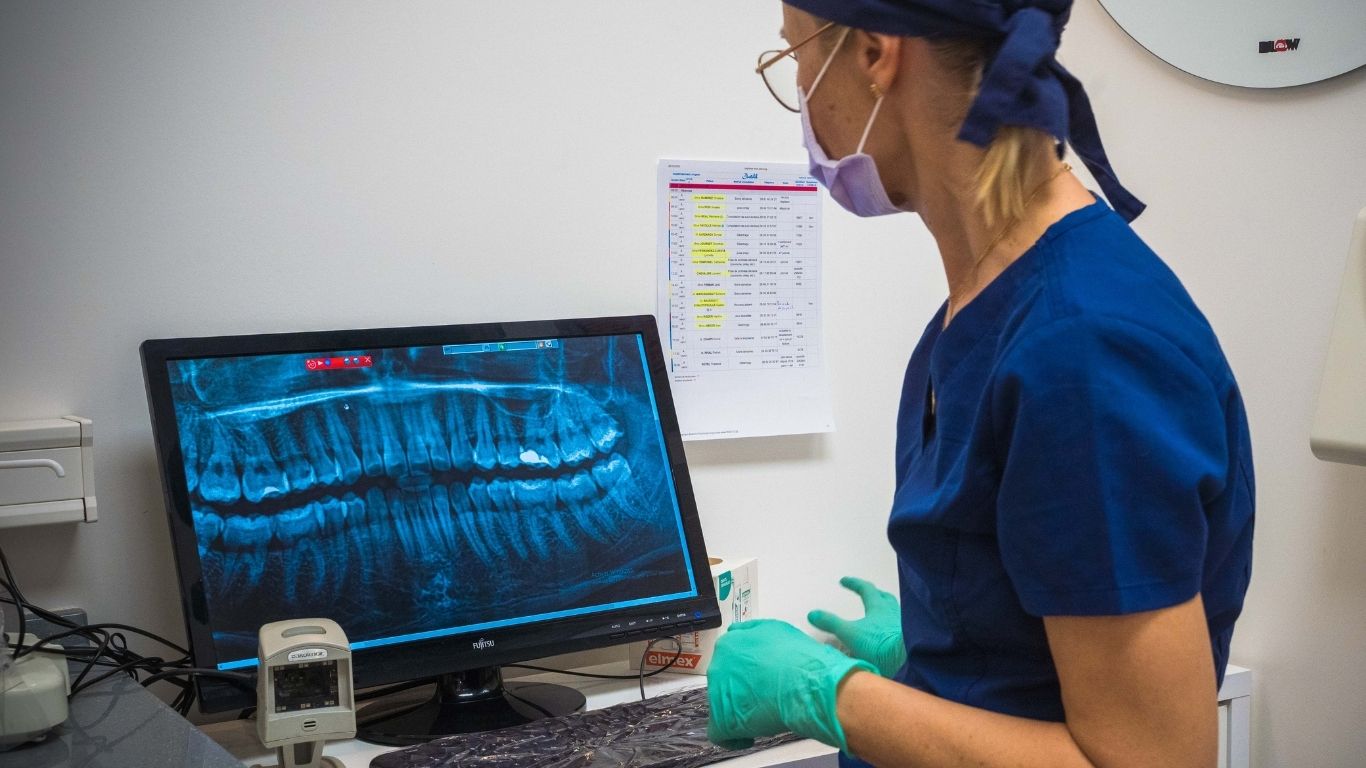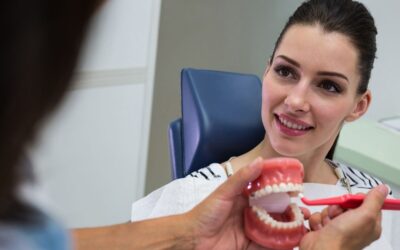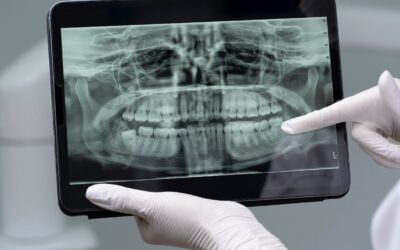Bone grafts are essential in dental procedures, particularly when a patient lacks sufficient bone for implants or other restorative work. The dental code for bone graft plays a crucial role in ensuring that these procedures are properly coded for insurance and billing purposes. Understanding these codes is essential for dental professionals and patients alike to navigate the complexities of insurance claims and reimbursement. In this article, we’ll dive deep into the details of dental codes for bone grafting, why they matter, and how they impact dental treatment plans.
What Is the Dental Code for Bone Graft?
Bone grafting is commonly used in dental implant surgeries when a patient has insufficient bone structure to support the implant. The dental codes for these procedures help standardize treatment, making it easier for dental professionals to bill and insurance companies to process claims.
The dental code for bone grafting varies based on the type of graft performed. There are codes for autografts, allografts, and xenografts, with specific numbers assigned to each one. Understanding these codes is crucial for both accurate billing and ensuring that the patient receives the proper reimbursement.
Key Codes to Know:
-
D7953 – Bone Replacement Graft
-
D7950 – Bone Graft Procedure
-
D4263 – Bone Grafting in Conjunction with Guided Tissue Regeneration
It’s important for dental practices to stay updated on these codes to avoid errors and ensure proper reimbursement.
Key Benefits of Bone Graft Dental Codes:
-
Insurance Reimbursement: Accurate dental codes ensure that patients are reimbursed for bone graft procedures.
-
Standardization: These codes provide a universal language for dental professionals, ensuring consistency across the industry.
-
Efficient Billing: Correct coding reduces delays in payment and minimizes the risk of claims being denied.
-
Improved Patient Experience: Clear understanding of the process reduces confusion for patients regarding insurance and payment.
Bone grafting is often necessary for dental implants, making these codes vital for both patient care and practice management.
The Different Types of Bone Grafts and Their Codes
Understanding the different types of bone grafts is essential for accurate coding. Here are the most common types of bone grafts and their corresponding codes:
-
Autograft (D7953):
-
A graft taken from the patient’s own body, often from the chin or the back of the jaw.
-
-
Allograft (D7950):
-
A bone graft harvested from a donor, typically a cadaver, and treated for safety.
-
-
Xenograft (D4263):
-
A graft from a non-human species, commonly bovine (cow) bone, used when other graft materials aren’t available.
-
Each type of bone graft serves a unique purpose and is coded differently for insurance purposes.
How to Use the Dental Code for Bone Graft in Your Practice
Best Practices for Accurate Coding:
-
Stay Informed: Keep up to date with the latest code changes and updates from the American Dental Association (ADA).
-
Training: Regular training for staff members on dental codes and billing practices.
-
Consultation: Consult with an experienced dental coder if unsure about the correct code.
-
Documentation: Ensure proper documentation of the bone graft procedure to support your claims.
Accurate coding will prevent claim denials and ensure your practice gets paid for the work performed.
Potential Challenges and Common Mistakes with Bone Graft Coding
Challenges to Watch Out For:
-
Incorrect Code Selection: Selecting the wrong dental code can lead to claim rejections or delays.
-
Outdated Codes: Using outdated codes for newer procedures can cause issues with reimbursement.
-
Lack of Documentation: Failing to provide the correct documentation can result in denied claims.
To minimize these challenges, it’s essential for dental offices to have a system in place to double-check codes and ensure accuracy.
Frequently Asked Questions (FAQs):
1. What is the most commonly used dental code for bone grafting?
The most common dental code for bone grafting is D7953, which refers to bone replacement graft procedures. However, the specific code may vary depending on the type of graft used.
2. How does accurate coding affect insurance reimbursement?
Accurate coding ensures that insurance companies can process claims without delays. Incorrect codes can lead to denied claims or a lack of reimbursement, affecting both the dental practice and the patient.
3. Can I use the same code for all types of bone grafts?
No, different types of bone grafts require different codes. Autografts, allografts, and xenografts each have their own specific codes.
4. Are dental codes for bone grafts updated regularly?
Yes, dental codes are updated periodically by the ADA to reflect new procedures and advancements in dental technology. It’s important for dental offices to stay up-to-date with these changes.
5. What should I do if a bone graft procedure gets rejected by insurance?
If a bone graft procedure is rejected, review the documentation and ensure the correct code was used. If needed, resubmit with the necessary supporting information or consult with an insurance claims expert.
Conclusion:
In conclusion, understanding and correctly using the dental code for bone graft is vital for efficient billing and insurance claims processing. By staying informed about the latest codes, types of grafts, and best practices for coding, dental professionals can avoid delays and ensure patients receive the correct reimbursement. Accurate coding is not just important for financial aspects of dental practices but also for maintaining patient satisfaction and trust.



